
A good friend of mine who lives in Malta once remarked that on a map of Europe, his country looks like nothing more than a tiny bit of insect poo on the map. While this is one way to describe this incredible island, I can think of many better descriptions.
Malta consists of three major islands that constitute the Maltese archipelago. The main island, Valletta (La Valletta), is where the national capital Valletta City is located. Its sister islands of Gozo and Comino are located to the northwest, with Gozo Island much bigger than Comino. Valletta is by far the biggest with the largest population.
Malta, Europe’s small island nation in the Mediterranean Sea, is packed with medieval attractions.
Valletta City is a fortified city due to it being a strategically important seaport over millennia. Its more recent history started in the early 16th century when the monarch of Sicily (Holy Roman Emperor Charles V) granted the Maltese Islands to the Knights Hospitaller under the leadership of Philippe de Villiers de L’Isle-Adam. Later known as the Knights of Malta, they ruled Malta for the next 275 years and built impressive towns, palaces, churches, gardens and fortifications.
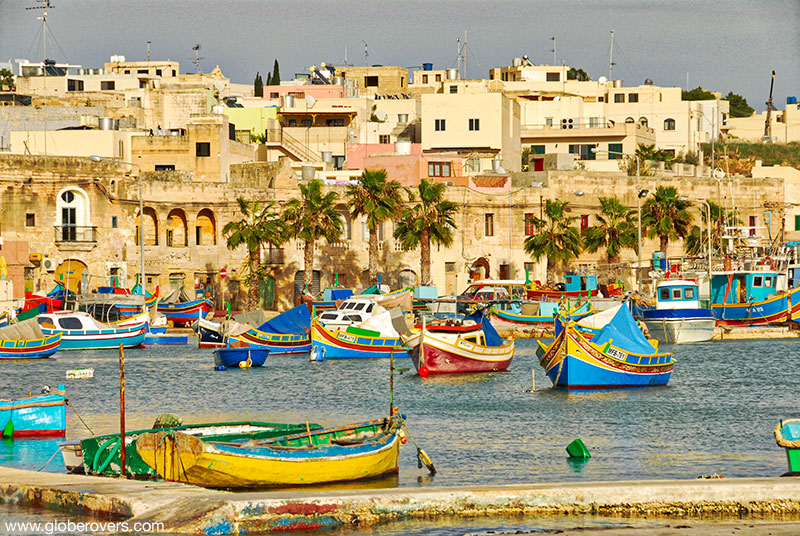
The Knights built many of the fortifications seen today in response to the attacks by the Ottomans from the Turkish Empire.

After Napoleon Bonaparte conquered Malta in 1789, the French took over but surrendered to Lord Horatio Nelson in 1800. Malta remained under British rule until it gained independence on 21 September 1964. To date these small islands have been ruled by the Phoenicians, Romans, Greeks, Arabs, Normans, Sicilians, Swabians, Aragonese, Hospitallers (Knights of Malta), French, and the British. This explains why Malta has such a rich history with beautiful architecture we can still adore today.
No better place to adore the architecture of Malta than to start in the capital of Valetta.
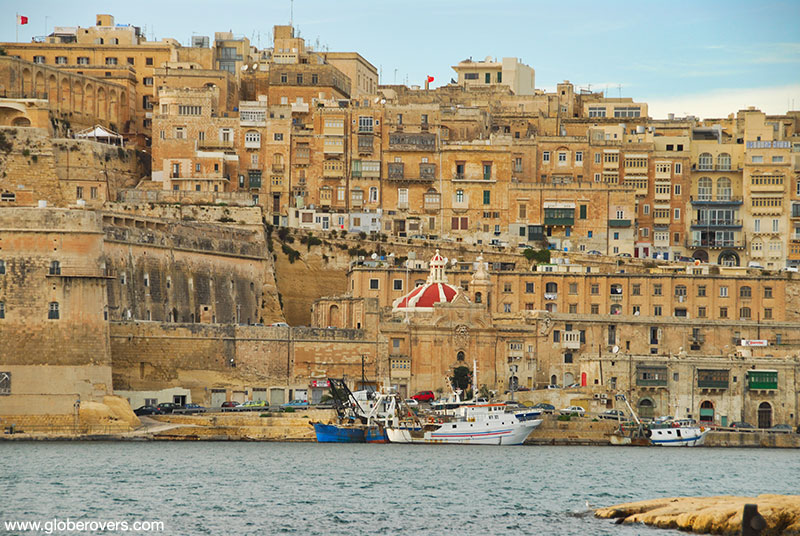
Some buildings in Valetta are of Maltese Baroque style architecture created by the Knights dating back to the 17th and 18th centuries. In the early 19th century the British replaced many of the Baroque buildings with their neoclassical architecture, though the Baroque style construction continued into the 19th and 20th centuries.
“Looking on a map of Europe, you may think Malta is insect poo on your map, but oh no, it is our tiny island-country.”
Comment by a local Maltese citizen
The Auberge de Castille is a fine example of the Knights’ Baroque style. Don’t miss the Mdina, the city’s medieval citadel. Valetta has too many beautiful old buildings to list. Just walk around and take it all in.
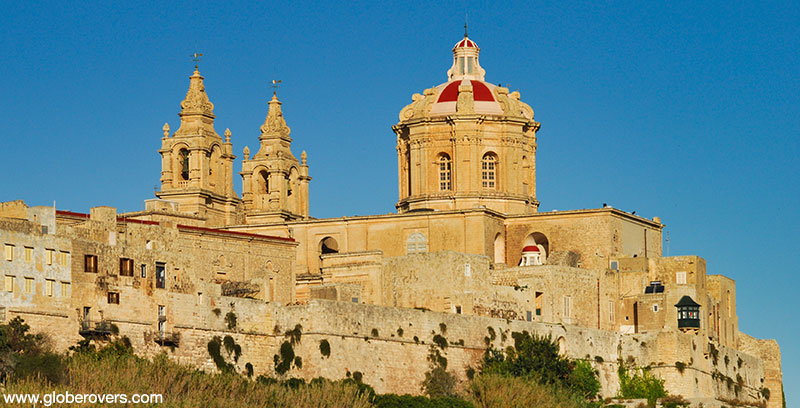
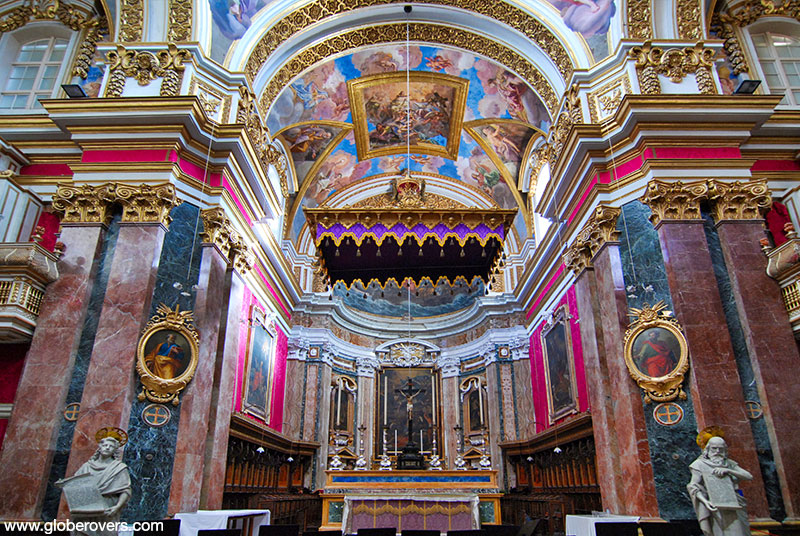
Taking a ferry to Gozo Island, you will pass the Blue Lagoon at the Island of Comino. You will feel like jumping off and swimming in these crystal-clear turquoise waters.
☛ Read more: Europe’s 10 Lilliputian Countries
Gozo Island is packed with beautiful architectural wonders rivalling Valetta Island. It also offers pastoral landscapes, quaint seaside villages, pristine beaches, and more.
You will agree that Malta is a lot more than insect poo on a map.
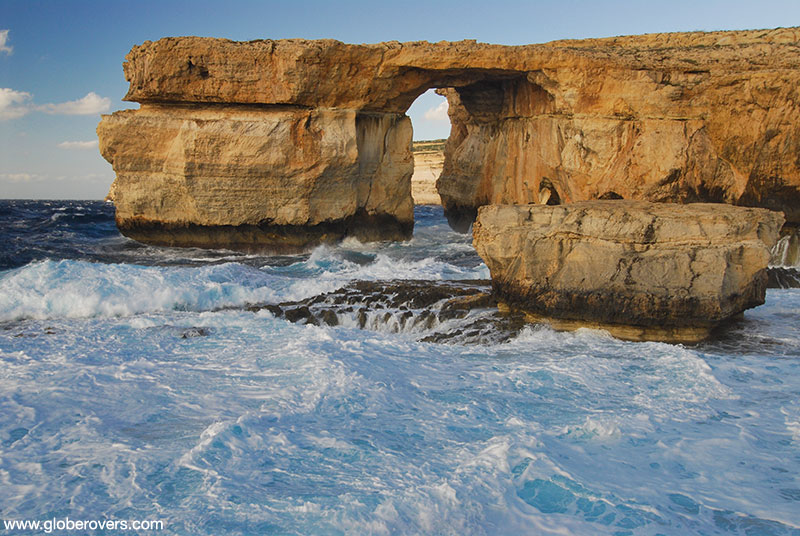
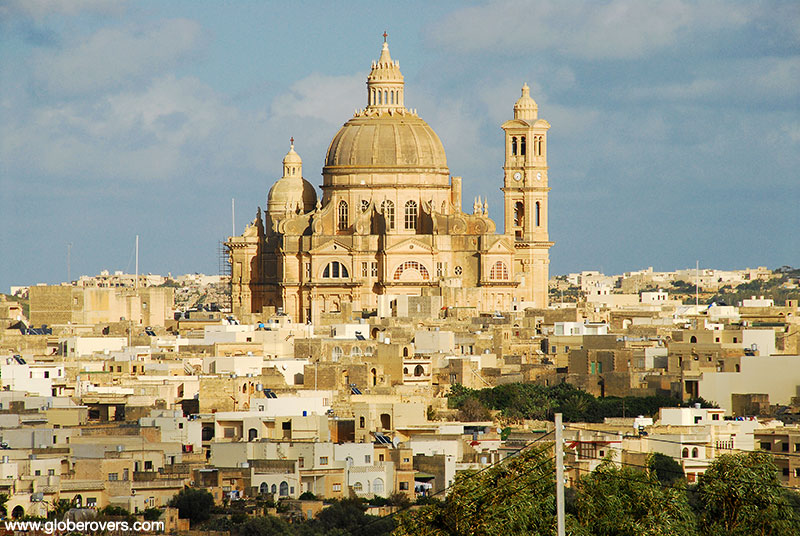
Get to know your Malta
- Malta is the 5th smallest country (by area) in Europe.
- Land area: 316 km².
- Population: 422,212 (12% foreigners).
- Tourist arrivals: 2,300,000 (2017).
- Capital: Valletta City.
- Neighbouring countries: An island near Italy, Libya, and Tunisia.
- Known for sun and sea and its medieval architecture.
- Arabs ruled over Malta for no less than two centuries – Maltese language sounds like Arabic.
- Malta is home to some of the oldest free-standing structures of the world.
A British colony for 150 years and part of the Roman Empire for 72 years.

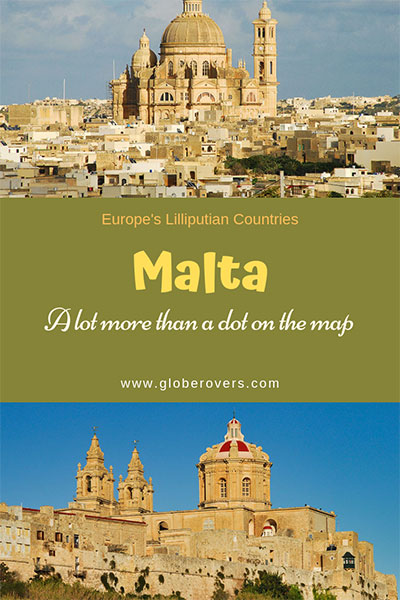

Blog post and photos by Peter who has been travelling almost full-time since 2005 and has been to over 122 countries. He visited several countries, such as Japan, more than 20 times. Peter is Editor-in-Chief and Publisher of GlobeRovers Magazine, an independent travel magazine focused on intrepid destinations.
